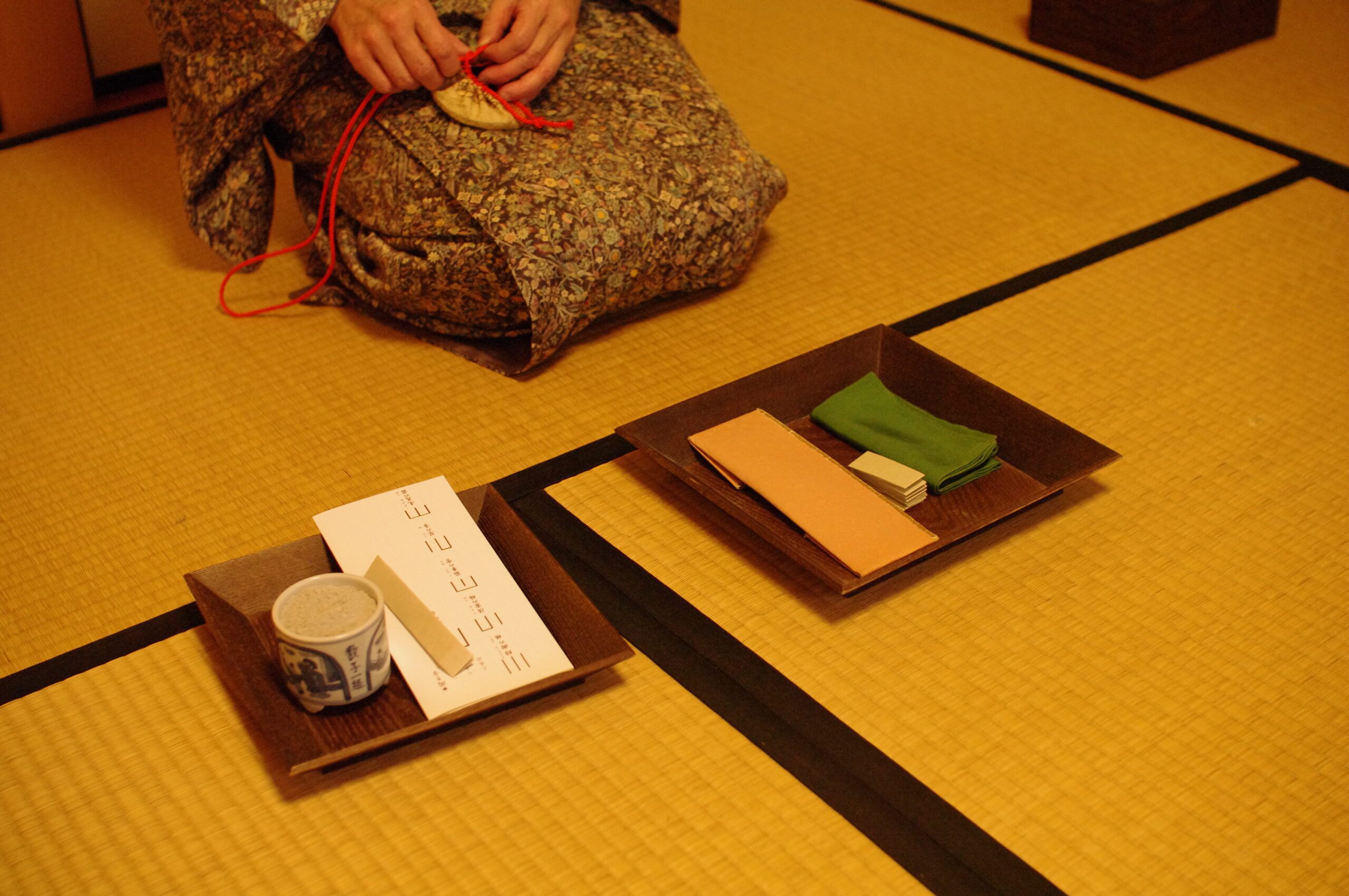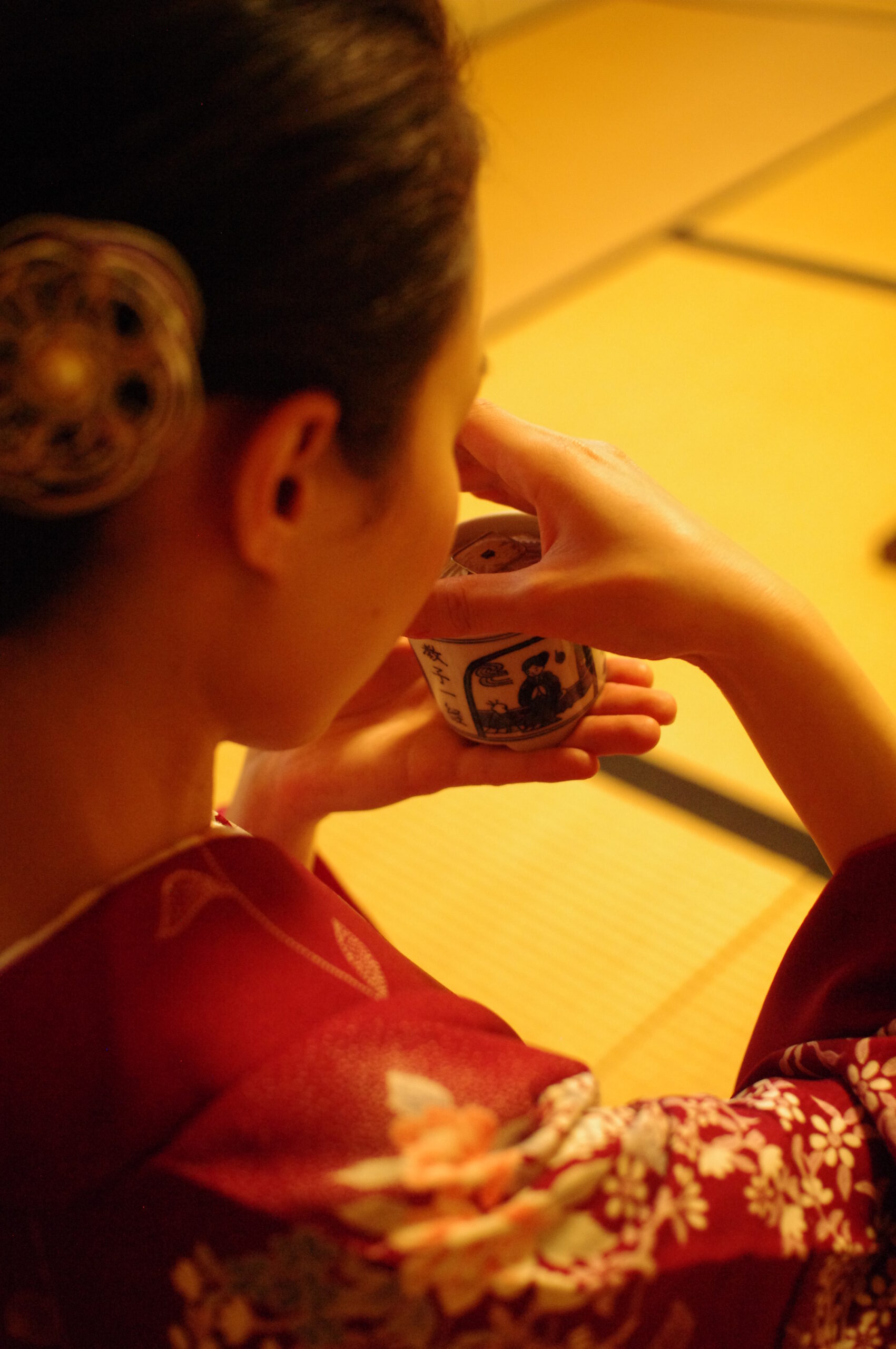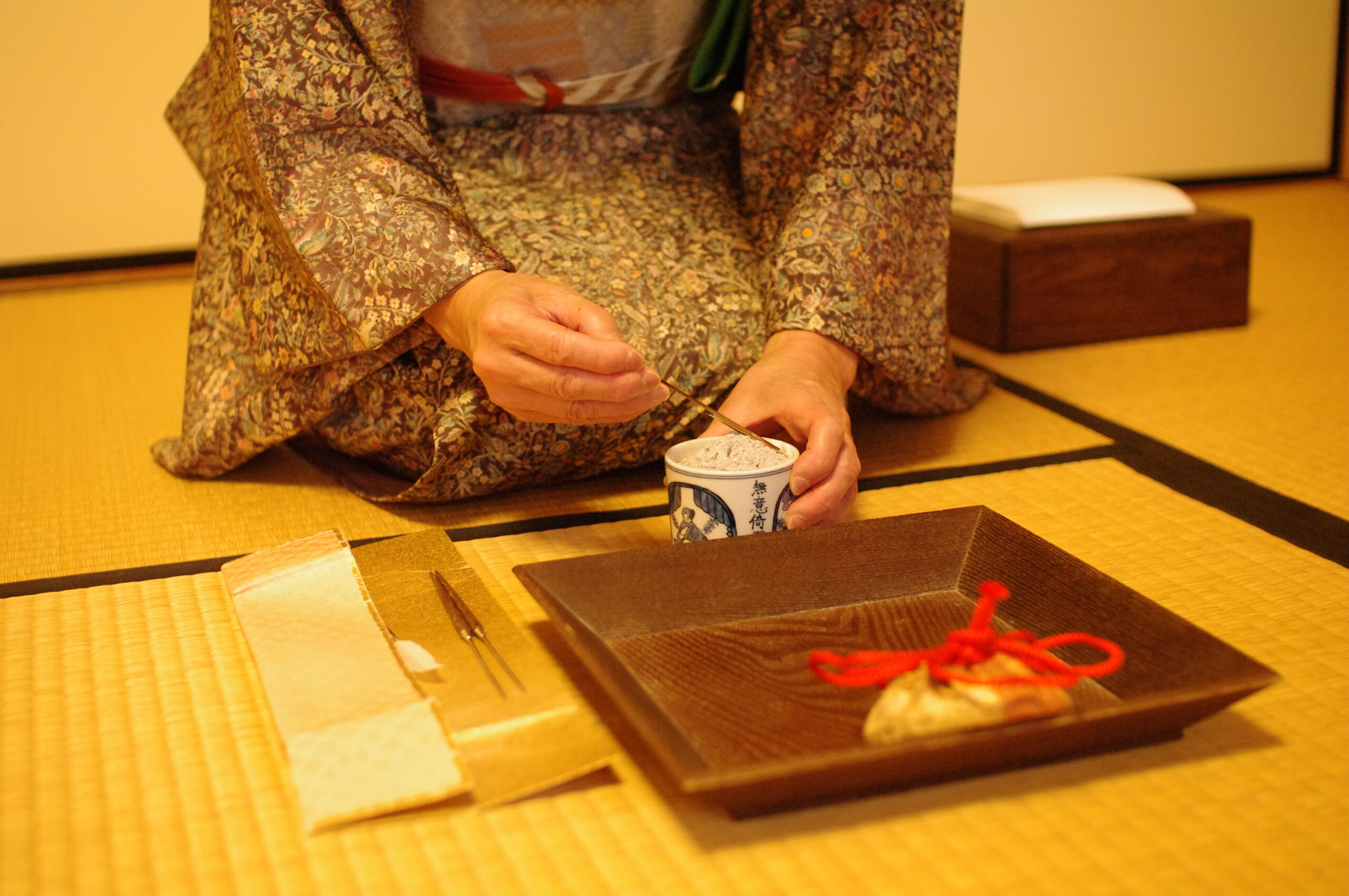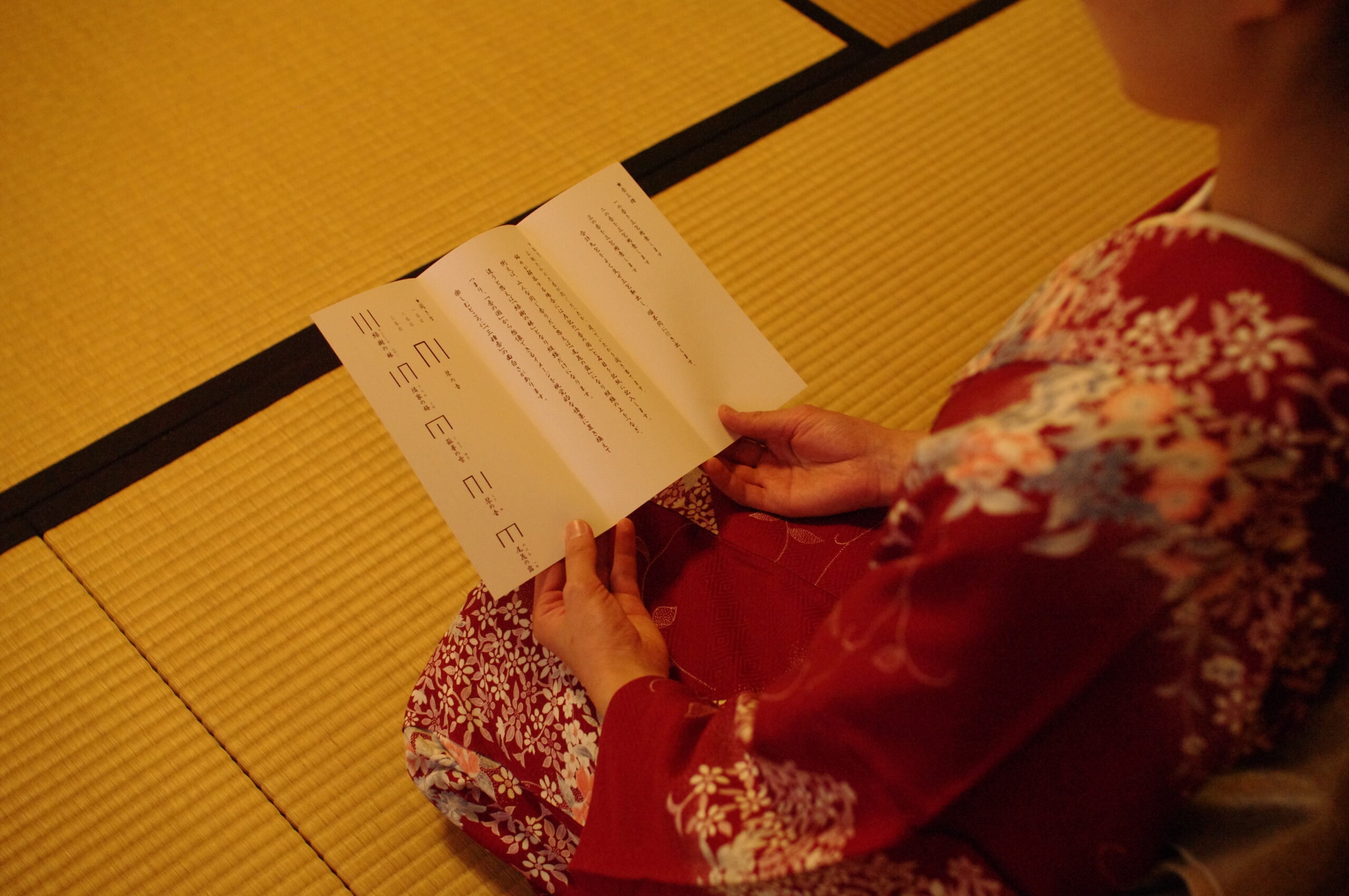Kodo-Incense Ceremony

Kodo – The Way of Incense

Kodo, or “the way of incense,” is a relatively obscure activity today, but back in the day of the samurai, deep appreciation of these fragrant woods was considered one of Japan’s three great cultural endeavors, alongside ikebana flower arrangement and the tea ceremony. Centuries ago, these developed as enriching pastimes for the samurai, a privileged social class who, particularly during the two and a half centuries of peace represented by the Edo period (1603–1868), had little fighting to do.
The Kaga Domain, in what is now Ishikawa, was ruled by the Maeda family from Kanazawa Castle. This family’s wealth was second only to the shogunate itself, but instead of focusing on military might, the Maeda family spent their resources on making Kanazawa a cultural and artistic hub. Over time, the interests of the samurai class permeated down to the common people here, and became local fixtures. Indeed, today, Ishikawa is one of the few places in Japan where laypeople can encounter this old-fashioned way of engaging more deeply with incense.
A Samurai’s Practice Reimagined
One location offering this unique experience is Kyara, an incense shop not far from Kanazawa’s famous Oyama Shrine. This traditional “incense ceremony” includes an opportunity to try one of the exercises once practiced by the samurai, known as kumiko. Participants aim to hone their sensibilities by first smelling a few types of incense, then shuffling them, burning them, and trying to recognize the order in which they were burnt. The aim is not for participants to compete with one another to declare a winner, but to develop a finer appreciation for the aromatic notes of each incense — in a sense, each person involved competes only with their own past self, along a path of self-improvement. For more advanced incense connoisseurs, Kyara can prepare more complex selections to compare and contrast, to further develop the ability to discern between and better appreciate Japanese-style incense.

